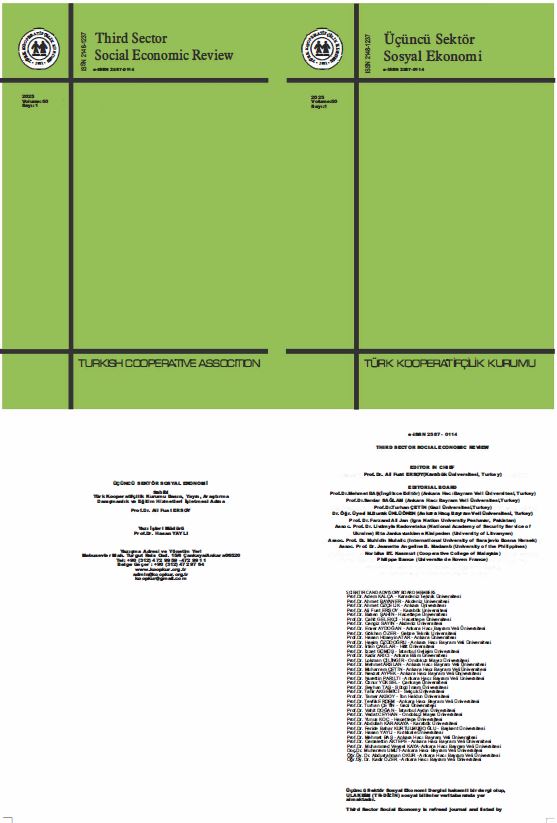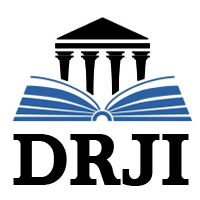THE DYNAMICS BETWEEN ECONOMIC FREEDOM, INNOVATION, AND GROWTH: EMPIRICAL FINDINGS ON SELECTED COUNTRIES
Keywords:
Economic Freedom, Innovation, Economic Growth, Liberalization, Panel DataAbstract
The aim of this study is to examine the effects of innovation level and economic freedom on economic growth in Brazil, Mexico, Indonesia and Turkey for the period 1995-2022 using panel data analysis. First, panel cross-section dependency and homogeneity tests were performed and it was found that there was cross-section dependency among countries and the coefficients in the model were homogeneous. Then, the second generation PANIC panel unit root test was applied to examine the stationarity of the series and it was found that the first differences of the variables did not contain a unit root. Then, the Westerlund cointegration test was used to determine the existence of long-term relationships between the variables. Then, Emirmahmutoğlu and Köse (2011) panel causality test was performed to determine the direction of the relationship between the variables and as a result of the analysis, it was determined that there was a bidirectional causality relationship between economic freedom and growth and a unidirectional causality relationship from the increase in the number of patents to economic growth. In the last stage, coefficient estimation analysis was performed and it was concluded that the increases in economic freedom and patent applications had a positive and significant effect on GDP. In light of these findings, it is seen that economic freedom promotes growth, growth contributes to increased freedoms, and patent increases that encourage innovation and technological progress have a positive effect on growth. In light of these findings, it is recommended that policy makers prioritize policies and supportive legal regulations aimed at promoting economic freedoms and innovation in order to ensure sustainable growth.









